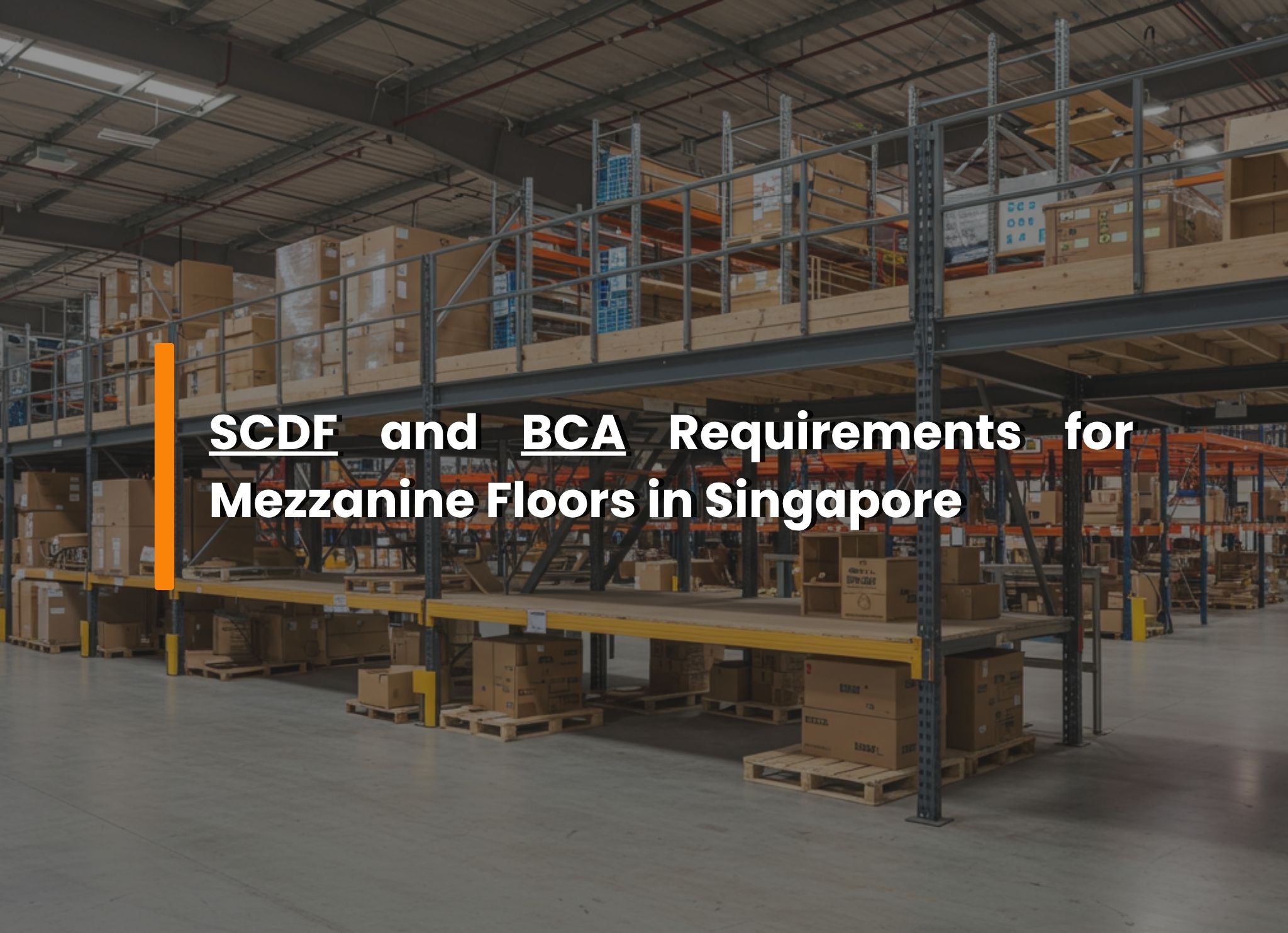Overloading racks is one of the most common and dangerous mistakes that can occur during DIY installation. Racks have a specific weight capacity, and exceeding this limit can lead to serious structural damage, including bending, warping, or complete collapse of the rack system. However, the dangers of overloading go beyond just rack failure — they can lead to inventory damage, safety hazards, and even injuries to warehouse staff. Unfortunately, DIY installation often overlooks these critical details, and here’s why:
Understanding Load Capacities and Distribution
Each rack system is engineered with a maximum load capacity that must be adhered to in order to ensure stability. Load capacity typically varies depending on the type of rack, the material it’s made from, and the specific design of the system. For instance, selective pallet racks, drive-in racks, and cantilever racks all have different weight-bearing capabilities.
What can go wrong during DIY installation?
DIY installers may not always have a deep understanding of the load-bearing specifications for each rack type. They may inadvertently overestimate the capacity of their racks or place items incorrectly, which can lead to:
- Uneven Weight Distribution: Items that are unevenly distributed across the shelves put additional stress on certain parts of the rack. For example, placing a heavy item on one side of the rack without distributing it evenly can cause that section to bend, crack, or collapse.
- Ignoring Weight Limits: During DIY installation, the installer may not have the necessary training to recognize the manufacturer’s stated weight limits or to calculate how much weight each individual shelf can safely hold. A failure to follow these guidelines often leads to overloading and failure.
Potential Consequences of Overloading Racks
- Rack Collapse
When the weight limit of a rack is exceeded, the structure can fail under pressure. Racks are designed to handle specific loads, and when these loads are surpassed, the metal beams or uprights can buckle. This can cause the entire rack system to collapse, creating a massive safety hazard and posing a significant risk to anyone working nearby. - Inventory Damage
Overloaded racks can not only damage the rack structure but also cause goods to fall from great heights. This can lead to the destruction of fragile or valuable inventory, resulting in costly replacements and delays in operations. - Injuries and Accidents
Falling products from overburdened racks pose a significant risk to warehouse workers. Heavy items falling from shelves can lead to serious injuries or even fatalities. Forklift operators or warehouse staff moving around the area are at particular risk, as they may not have enough time to react if the rack collapses or if items unexpectedly fall.
How DIY Installers Can Overload Racks Without Realizing It
While professionals are trained to follow load capacity guidelines and ensure that shelves are loaded according to specifications, DIY installers may overlook these essential practices. Here are some ways overloading happens during DIY installation:
- Incorrect Load Calculations: DIY installers may fail to calculate the total weight of items being stored on each rack level or fail to account for how the weight is distributed. For example, stacking several small but heavy items in one area, rather than evenly across the rack, increases the chance of overloading a section of the rack.
- Not Understanding Rack Limits: Some racks, especially those designed for lighter items, may be wrongly used to store heavier goods. The lack of professional knowledge regarding the specific requirements for each type of rack can lead to the use of racks that are not suitable for the intended load.
- Neglecting the Need for Reinforced Racking Systems: In some cases, racks may need to be reinforced when storing particularly heavy or bulky items. DIY installers may overlook the need for this reinforcement, which can lead to weakened rack structures that are more prone to collapse under pressure.
Professional Installation – Avoiding Overloading with Expert Guidance
Professional rack installers have the experience and knowledge to ensure that all racks are loaded safely within their designed capacities. They also adhere to strict safety standards during the installation process and take steps to prevent any of the following:
- Accurate Load Calculation: A professional installer will review your inventory and determine the correct load distribution for each rack type, ensuring that each section of the rack is only loaded to the appropriate capacity.
- Proper Weight Distribution: Professional installers ensure that heavy items are stored at the correct rack level and evenly distributed across the shelf. This prevents stress on individual beams and ensures that the rack system remains stable.
- Reinforcement and Customization: If certain areas of your warehouse require the storage of particularly heavy or large items, professionals can reinforce racks or recommend stronger rack systems that can better support these loads.
Get a free consultation here ->
The Bottom Line
When racks are overloaded due to improper installation or lack of attention to load specifications, the consequences can be catastrophic. From damaged goods to dangerous workplace accidents, the risks are too high to ignore. Investing in professional installation is essential to avoid overloading racks and ensure that your storage systems are both safe and efficient.
By understanding load capacities, properly distributing weight, and following the manufacturer’s guidelines, you can prevent the dangers of overloading and create a safer, more productive warehouse environment.
Professional installation helps guarantee that your racks will handle the demands of your inventory while keeping your staff safe and your operations running smoothly.







